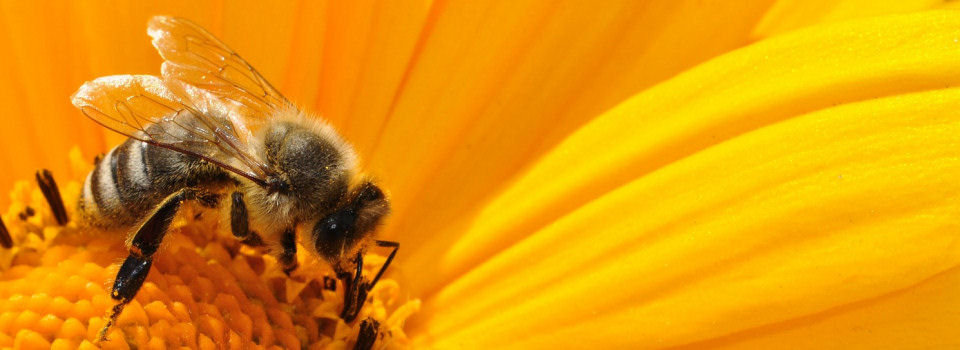5 Powerful Steps to Profitable Funnels, One of the satisfactory strategies for achieving web advertising success is product funnel development.
Using an accurately developed profitable funnel can skyrocket an average online marketer to higher ranges of success.
In this article, I will expose 5 Powerful Steps To Profitable Funnels.
Fill the entry-level of your product funnel with certified clients.
Real success in product funnel building is a change in your internet marketing. It is truly all about the numbers. In some cases, it may require hundreds of prospects to make a single sale.
Visiting: 5 Powerful Steps To Profitable Funnels will first show you its setting.
1. By aggressively advertising your products and services. The method to promote is by gaining the trust of potential consumers and informing them about your merchandise and services.
2. Keeping your certified customers shifting from one stage of the product funnel to the subsequent stage?
This helps the purpose of having more customers and buying more of the merchandise services offered.
Providing high-quality content and good merchandise to customers can help providers raise their income, which will be beneficial at every stage of the product funnel.
3. Never quit developing your product and provider offerings.
Developing and including new offerings you provide is a very important and essential step in the funnel improvement process. Including customer service for small buyers and a workable product is important.
Good client-oriented products in front of visitors should be helpful. This method maximizes each new client's income into repeating income to customers.
4. Continually construct your opt-in mailing list.
Entice possibilities to opt-in by supplying an exceptional product in change for their name and e-mail tackle information.
Use that listing to promote the merchandise and offerings you have available. In some cases, making a single sale would require lots of potential.
5 Powerful Steps To Profitable Funnels for more instructions on how to use this tool. To look like a Real Expert one must be able to receive each possible present & future client. Just by way of aggressive advertising and marketing your merchandise and services.
5. Speaking Frequently with your clients and potential customers.
Maintaining ongoing contact and communication strengthens your rapport with your opt-in list. The periodic verbal exchange must consist of requests for remarks on the workable product. Being the ordinary performance of your present products. Your advertising is based on helping your client's needs.
Don't give up! Use remarks to enhance your performance. Tell your friends and family about your progress on 5 Powerful Steps To Profitable Funnels. This has helped me. What is holding you from not starting to benefit from this?
Your life only gets better when you give it your Best. Work on yourself and the rest will follow.
”Accept what is, let go of what was, and have faith in what will be”
Remember to Always invest in your Dreams, If you Want to have a Money Tree, You must first plant a Money Seed. Then, you will see it grow and be happy and Enjoy your Money Tree. Happy Success! You deserve it!
“You don’t have to be great at something to start but you have
to start to be great at something.”
— Zig Ziglar
Have You Read The Article on the "Affiliate Marketing Scale"?
====================================
